3MICROBEADS
Microbead vs. Nanotech: Understanding the Dimensions of Advanced Technologies
4 min read
**
Essentials
- Nanotechnology operates at an incredibly small scale (1-100 nanometers), raising valid concerns about unknown risks and side effects, reminiscent of past technological advancements.*
- Nanoparticles can potentially bypass the pulmonary epithelium, circulate through the bloodstream, and accumulate in critical organs.*
- Encapsulation, operating at a larger scale than nanotechnology, may offer enhanced bioavailability through a stable, slow-release mechanism, supporting steady nutrient absorption without overwhelming the body's systems.*
Nanotechnology and brain health feel dangerously like the Industrial Revolution to us. While the health effects of air pollution were not fully understood at the time, there was some appreciation for the link between coal-based air pollution and poor health.
Today, we know that burning coal releases a variety of pollutants into the atmosphere. Coal dust inhalation can cause black lung disease, cardiopulmonary disease, hypertension, COPD, and kidney disease.
CAUTION… Nanohazard ahead.
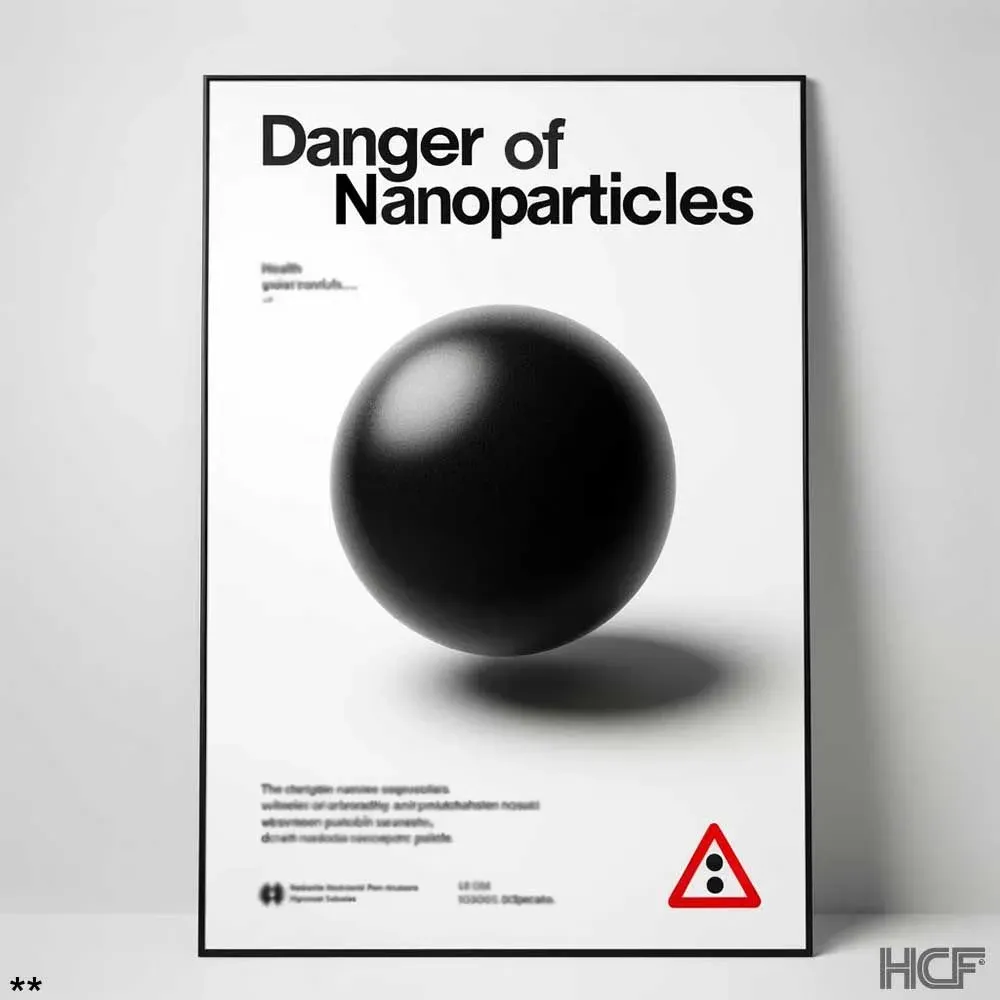

If small is good, as demonstrated with encapsulation (microbeads), why not go smaller? Isn't that the American way, at least with technology, isn't smaller always better?
The next level of smallness is 'nanotechnology,' a rapidly growing industry in which everything happens at the level of the 1-100 nanometers, a nanometer being a billionth of a meter. To put that number into perspective, there are 25,400,000 nanometers in an inch.
"Imagine a medical device that travels through the human body to seek out and destroy small clusters of cancerous cells before they can spread. Or a box no larger than a sugar cube that contains the entire contents of the Library of Congress." According to the U.S. National Science Foundation, that is the promise of nanoscience.
Concepts once only dreamt up for Sci-Fi movies are a very real industry today, currently used to create consumer products such as dental adhesive, cosmetics, sunscreen, tennis balls, refrigerators, even outdoor clothing manufacturers are using nanoscale technologies to create fabrics that wick sweat away from your skin.
Exciting, isn't it? Except, as time has shown us, with every new technology there may be unknown risks, side effects and dangers.1
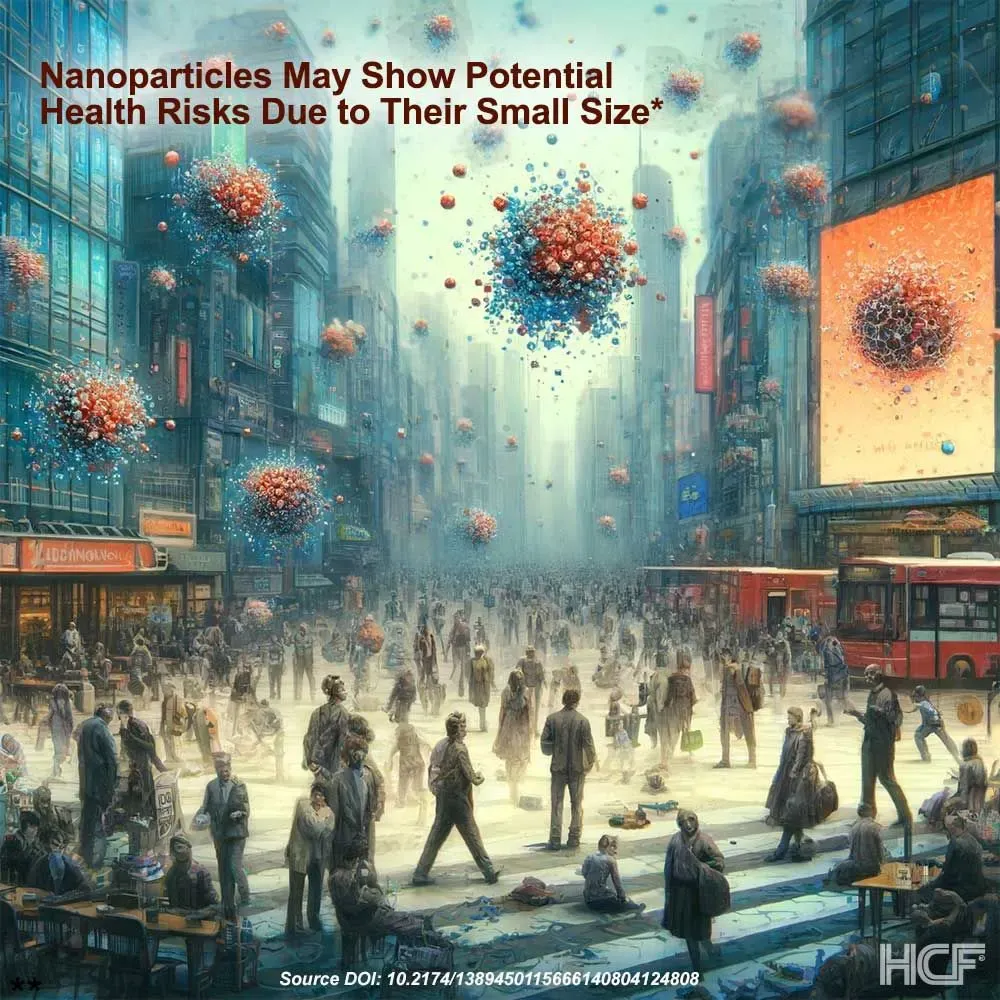
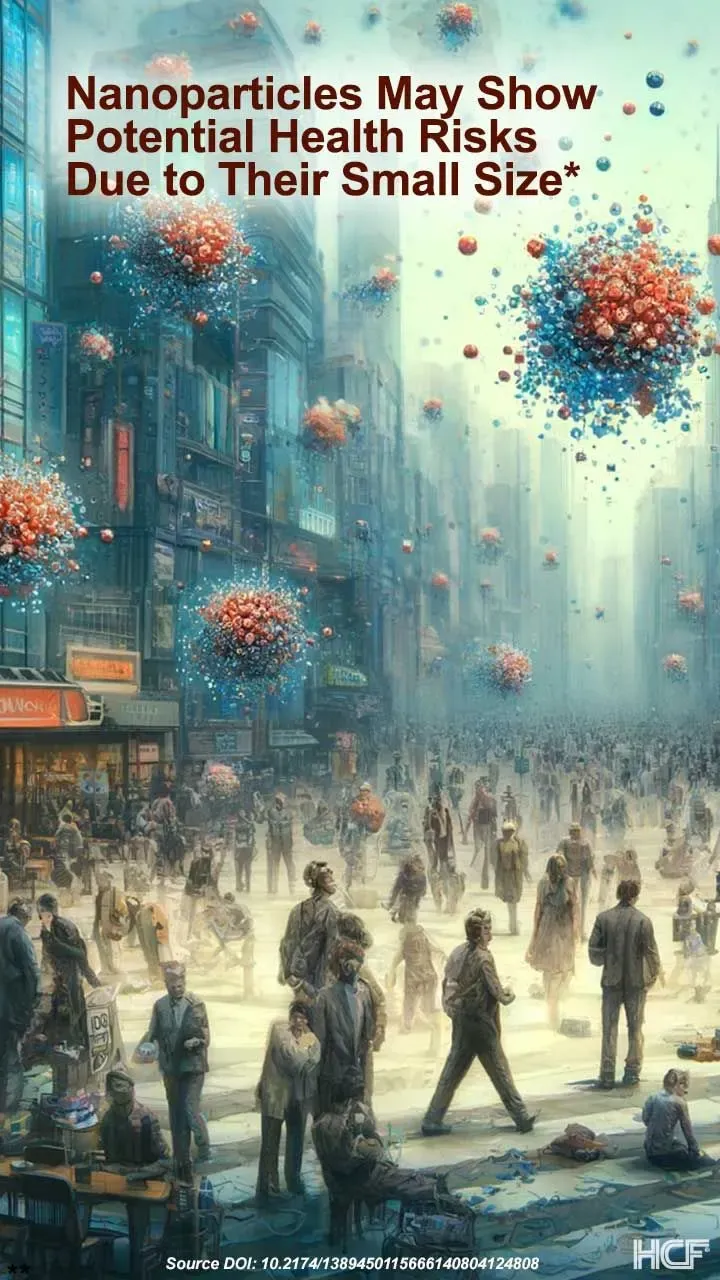
Since nanotechnology is fairly new, the effects of altering composition at a molecular level on human health are limited at best.
In the 2000s, the National Institute for Occupational Safety and Health (NIOSH) in the U.S. looked into how nanoparticles may affect workers exposed to them in the manufacturing or industrial use of nanomaterials and how nanoparticles affect or interact with the body's systems.
On March 30, 2009, based on their observations and studies, NIOSH published an extensive document called Approaches to Safe Nanotechnology: An Information Exchange with NIOSH to raise awareness of potential safety and health concerns from exposure to nanomaterials.2
Their findings? Nanoparticles may show potential health risks due to their small size, which can allow them to enter the body more easily than larger particles.*
According to NIOSH, this document "incorporates some of the latest results of NIOSH research, but it is only a starting point."
Nanometric particles may be more toxic than larger particles of the same substance.*
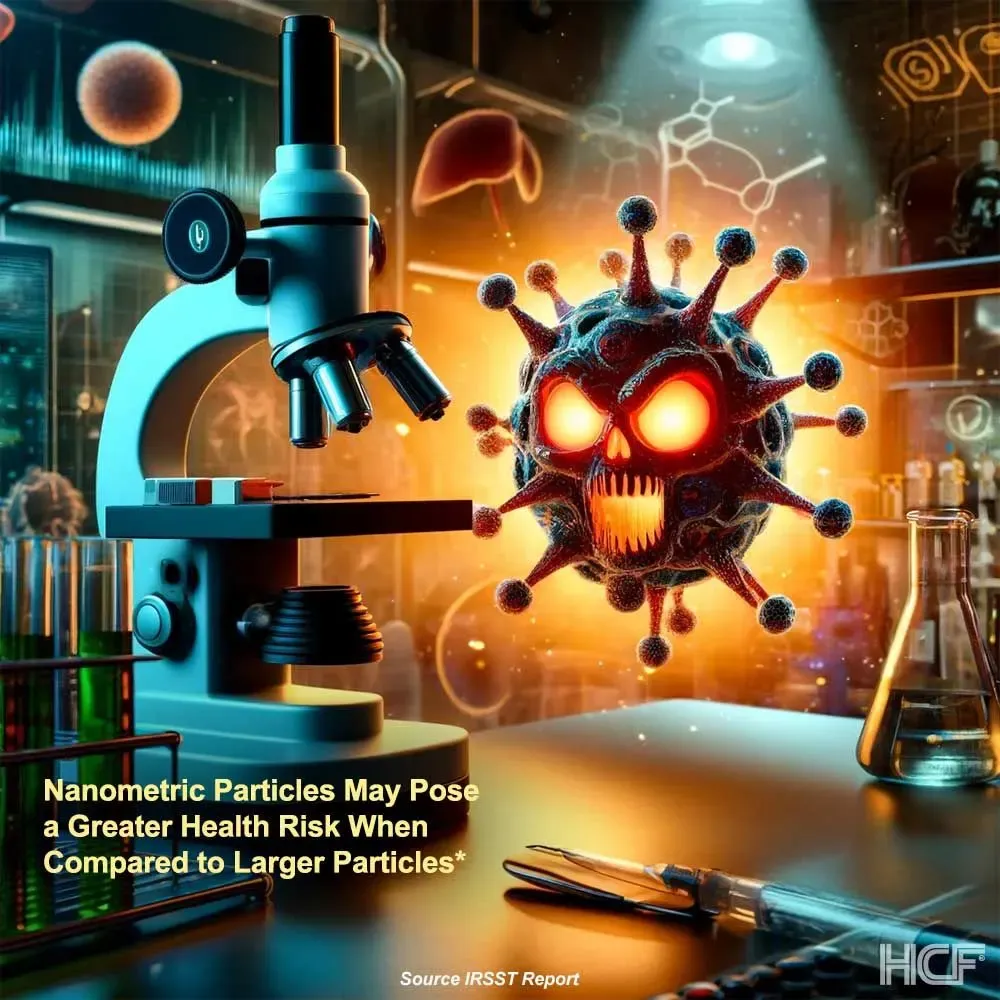
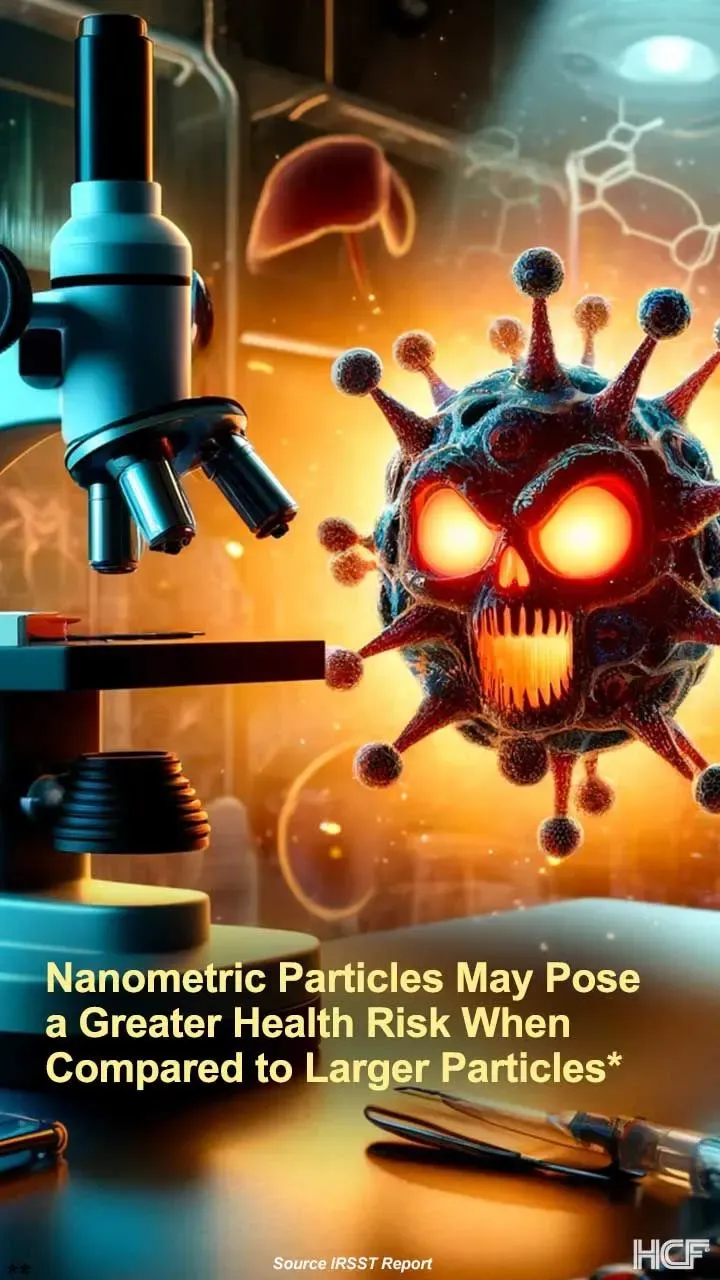
In Canada, the Institut de Recherche Robert-Sauve en Sante et en Securite du Travail (IRSST) released a report outlining what's known about the health effects of nanotechnology so far and listing preventive measures.3
According to the IRRST, nanometric particles may pose a greater health risk when compared to larger particles (like in the case of encapsulation) of the same substance.*
Why is that? Because at this minuscule level, materials can exhibit unique properties that differ significantly from their bulk counterparts. For instance, the enhanced reactivity of nanoparticles can allow for more efficient delivery systems, targeting problematic cells with precision previously unattainable.*
However, this same reactivity can raise concerns about toxicity and environmental impact, as these particles can easily interact with biological systems in unpredictable ways. For this reason, researchers are treating nanoparticles as a new product with its own toxicity.*
People absorb nanoparticles primarily via the respiratory route, just as they would absorb other dust.*
The IRSST report says one alarming characteristic of nanoparticles is their ability to pass from the pulmonary epithelium and eventually to the bloodstream, which distributes them throughout the body and sometimes even to the brain.*3
Now, certain nanoparticles modify blood parameters and accumulate in particular organs, including the liver and spleen.*
Mark Meskin, Ph.D., R.D., FADA, professor emeritus of the Department of Human Nutrition and Food Science at the California State Polytechnic University in Pomona, notes that this is a clear example of "technology getting well ahead of the science."4
Many countries already restrict or monitor the use of nanomaterials, or they are working on new policies to regulate products containing nanomaterials.
Encapsulation vs. nanotechnology.
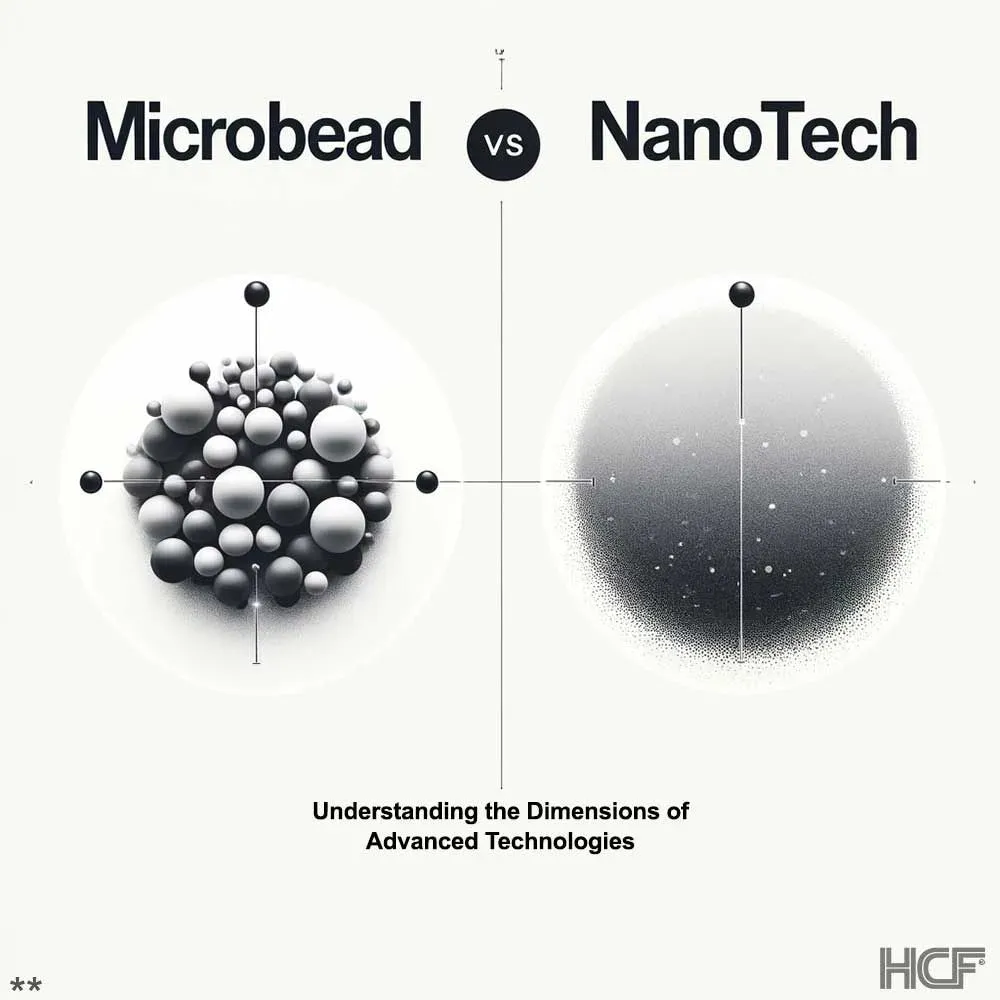

For us, there is a clear winner in this comparison for nootropics. And we will explain why:
Encapsulation (or the process of aggregating powder particles into larger, more manageable microbeads) contrasts sharply with nanotechnology.
→ Operating at a much larger scale, encapsulation may offer a stable, slow-release mechanism for a more steady nutrient absorption rate. Translation? Enhanced bioavailability without overwhelming the body's systems.*
However, the difference between nanoparticles and encapsulation forms (microbeads) is not merely a matter of size. It also reflects a fundamentally different approach to manipulating matter.
→ Nanotechnology promises an unprecedented ability to interact at the cellular or even subcellular level, offering targeted interventions. In contrast, encapsulation seeks to optimize physical characteristics such as solubility and dispersibility, improving the user experience and nootropics efficacy.*
There is no denying that nanotechnology is at the forefront of life-changing advances, not just in nootropics and other dietary supplements or pharmaceuticals, but technology and manufacturing as a whole.
Then why did we, at HCF®, opt for encapsulation instead of nanotechnology? Simple. The wide-reaching implications of nanoparticles on health and the human body are still unknown. We're just beginning to realize that there could be potentially dangerous side effects.*5
(!) Today, the smallest particle you should consume is a micron, which has been extensively studied and tested and has documented scientific evidence showing its safety and effectiveness in absorption.*6
While encapsulation (microbeads) has shown that smaller can be beneficial, we believe further reducing the size to the nanoscale introduces complexities and risks that merit cautious evaluation.
In the case of nanos, unlike your iPod, smaller is not necessarily better. As of today, smaller could be dangerous.*
* These statements have not been evaluated by the Food and Drug Administration. This product is not intended to diagnose, treat, cure or prevent any disease. The contents of this website do not constitute advice and are provided for informational purposes only. See our full medical disclaimer
Sources
Meet Our Experts

Conor Sheehy PharmD, BCPS, CACP
Author, Linkedin
Author, Linkedin
Dr. Sheehy earned a BS in Molecular Biology from the University of Idaho and a Doctor of Pharmacy (PharmD) from the University of Washington. He is a Board-Certified Pharmacotherapy Specialist (BCPS) and a Certified Anticoagulation Care Provider (CACP). As a member of the American Medical Writers Association, the College of Psychiatric and Neurological Pharmacists (CPNP), and the National Alliance on Mental Illness (NAMI), his focus has been on innovative dosage deliverability strategies that primarily benefit individuals facing mental health challenges.







